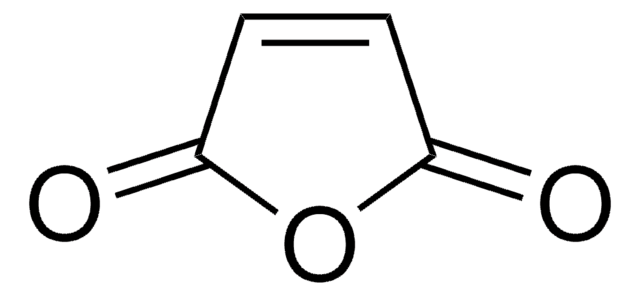Wichtige Dokumente
A271
Anti-α2A Adrenergic Receptor antibody produced in rabbit
affinity isolated antibody, buffered aqueous solution
Synonym(e):
Anti-ADRA2, Anti-ADRA2R, Anti-ADRAR, Anti-ALPHA2AAR, Anti-ZNF32
About This Item
Empfohlene Produkte
Biologische Quelle
rabbit
Qualitätsniveau
Konjugat
unconjugated
Antikörperform
affinity isolated antibody
Antikörper-Produkttyp
primary antibodies
Klon
polyclonal
Form
buffered aqueous solution
Mol-Gew.
antigen ~45 kDa
Speziesreaktivität
rat, human, mouse, pig
Methode(n)
immunohistochemistry (formalin-fixed, paraffin-embedded sections): 1:1000
western blot: 1:500
UniProt-Hinterlegungsnummer
Versandbedingung
dry ice
Lagertemp.
−20°C
Posttranslationale Modifikation Target
unmodified
Angaben zum Gen
human ... ADRA2A(150)
mouse ... Adra2a(11551)
rat ... Adra2a(25083)
Allgemeine Beschreibung
Anti-α2A adrenergic receptor detects rat and mouse α2A adrenergic receptors by immunoblotting and immunohistochemistry. In immunoblotting, the antibody detects an approx. 45kDa band representing α2A receptors in tissues expressing this receptor subtype, although some non-specific bands have also been observed in certain cases.
Immunogen
Anwendung
Physikalische Form
Haftungsausschluss
Sie haben nicht das passende Produkt gefunden?
Probieren Sie unser Produkt-Auswahlhilfe. aus.
Lagerklassenschlüssel
10 - Combustible liquids
WGK
WGK 1
Flammpunkt (°F)
Not applicable
Flammpunkt (°C)
Not applicable
Persönliche Schutzausrüstung
Eyeshields, Gloves, multi-purpose combination respirator cartridge (US)
Hier finden Sie alle aktuellen Versionen:
Besitzen Sie dieses Produkt bereits?
In der Dokumentenbibliothek finden Sie die Dokumentation zu den Produkten, die Sie kürzlich erworben haben.
Unser Team von Wissenschaftlern verfügt über Erfahrung in allen Forschungsbereichen einschließlich Life Science, Materialwissenschaften, chemischer Synthese, Chromatographie, Analytik und vielen mehr..
Setzen Sie sich mit dem technischen Dienst in Verbindung.





